Greenhouse structure and fitting involve careful consideration of its structural components, covering materials, and fastening systems.
Each element of greenhouse structure and fitting plays a vital role in creating an environment conducive to plant growth while ensuring durability against external pressures. By selecting appropriate materials and designs tailored to specific climatic conditions, growers can optimize their production capabilities within these controlled environments.
Structural Components
Supports anchor the greenhouse to the ground, with their dimensions tailored to the soil type and expected stress levels. Pillars support the greenhouse cover, designed according to specific structural needs. Trusses, which form the backbone of the structure, bear the weight of the roofing material. Their design often includes arches that maximise solar radiation capture, crucial for plant photosynthesis.
Reinforcements play a critical role in enhancing structural integrity. They can be vertical or diagonal (perimeter reinforcements) or configured in internal designs like K-shaped reinforcements. These elements absorb stress and prevent structural failure during adverse weather conditions.
Covering Materials
The choice of covering materials directly impacts light transmission and thermal insulation. Options include plastic films made from polyethylene or polyvinyl chloride, rigid plastics like polycarbonate, and traditional glass. Each material has unique properties that affect light diffusion, heat retention, and durability.
Fastening Systems
Fastening systems secure the covering materials to the frame, ensuring they remain intact under varying weather conditions. Common fastening methods involve galvanised wire or aluminium profiles, which resist corrosion and provide long-lasting support.
Climate Considerations
Designing a greenhouse also involves selecting materials and structural designs suited to local climatic conditions. For instance, regions with heavy snowfall require robust structures capable of supporting additional weight, while areas prone to high winds necessitate aerodynamic designs that minimise resistance.
By carefully selecting each component based on these considerations, growers can enhance their production capabilities within controlled environments. This strategic approach not only maximizes plant health and yield but also extends the lifespan of the greenhouse itself.
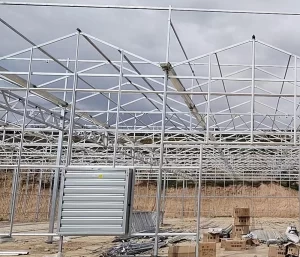
Key components of a greenhouse include the structure, covering materials, and fastening systems. Mayadasht Company offers specific greenhouse profiles, covering options, and connection systems tailored to customer needs.
Types of Installation Profiles
UV Profile:
The UV profile is specifically designed for the installation of polycarbonate sheets on the walls and ceilings of greenhouses. This profile provides a secure and durable framework that helps protect the polycarbonate panels from harmful ultraviolet rays, ensuring long-lasting clarity and structural integrity.
M or H Profile:
The M and H profiles are primarily used for the installation of greenhouse plastic covers. These profiles serve as connectors or joining strips that hold the plastic film tightly in place, preventing it from shifting or tearing due to wind or environmental factors.
C Profile and Locking Channel:
C profiles, along with locking channels, are essential components for the installation of plastic coverings in specific areas of the greenhouse, such as drains and ventilation openings.
Pad frame profiles are essential components used in the installation of greenhouse pad cooling systems. These profiles serve as the structural framework that securely holds the evaporative cooling pads in place along the greenhouse wall.

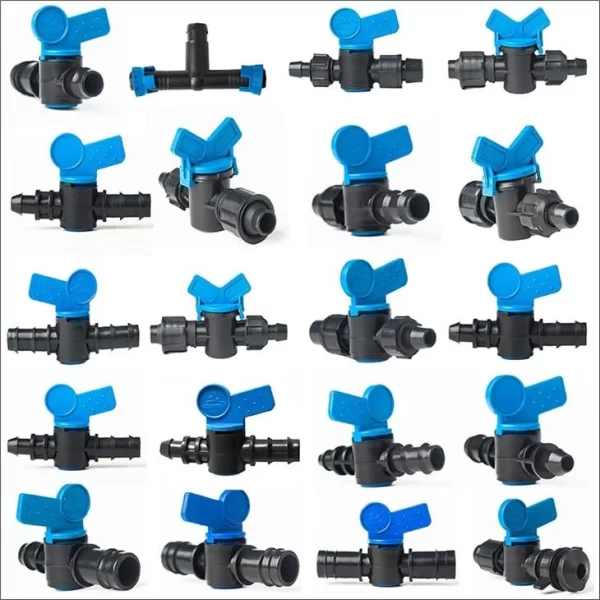
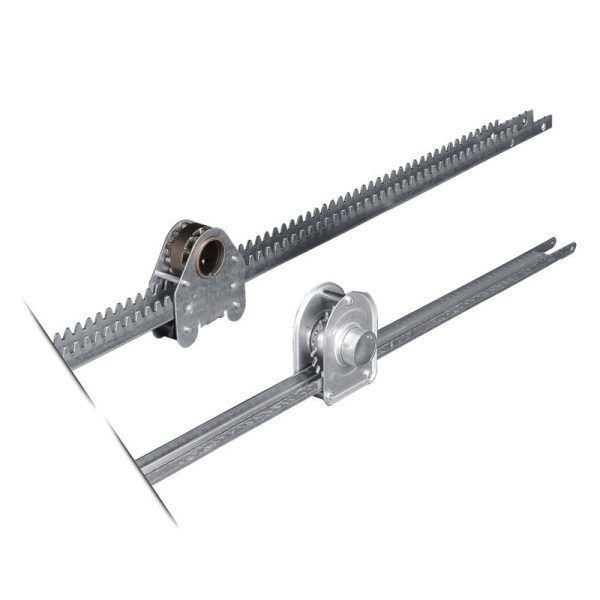
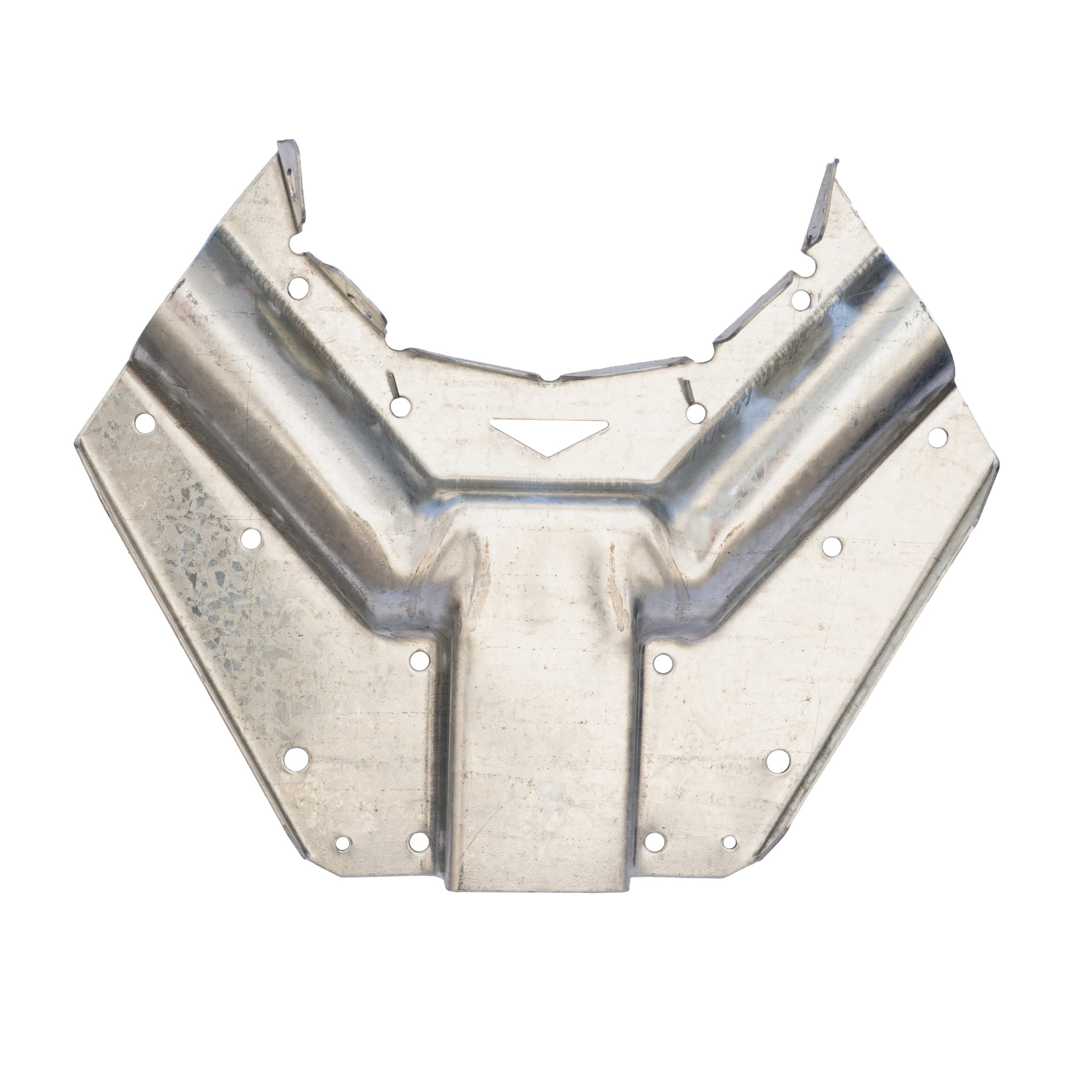
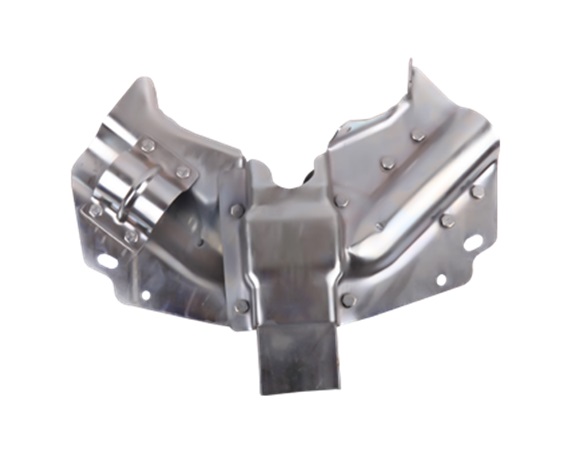


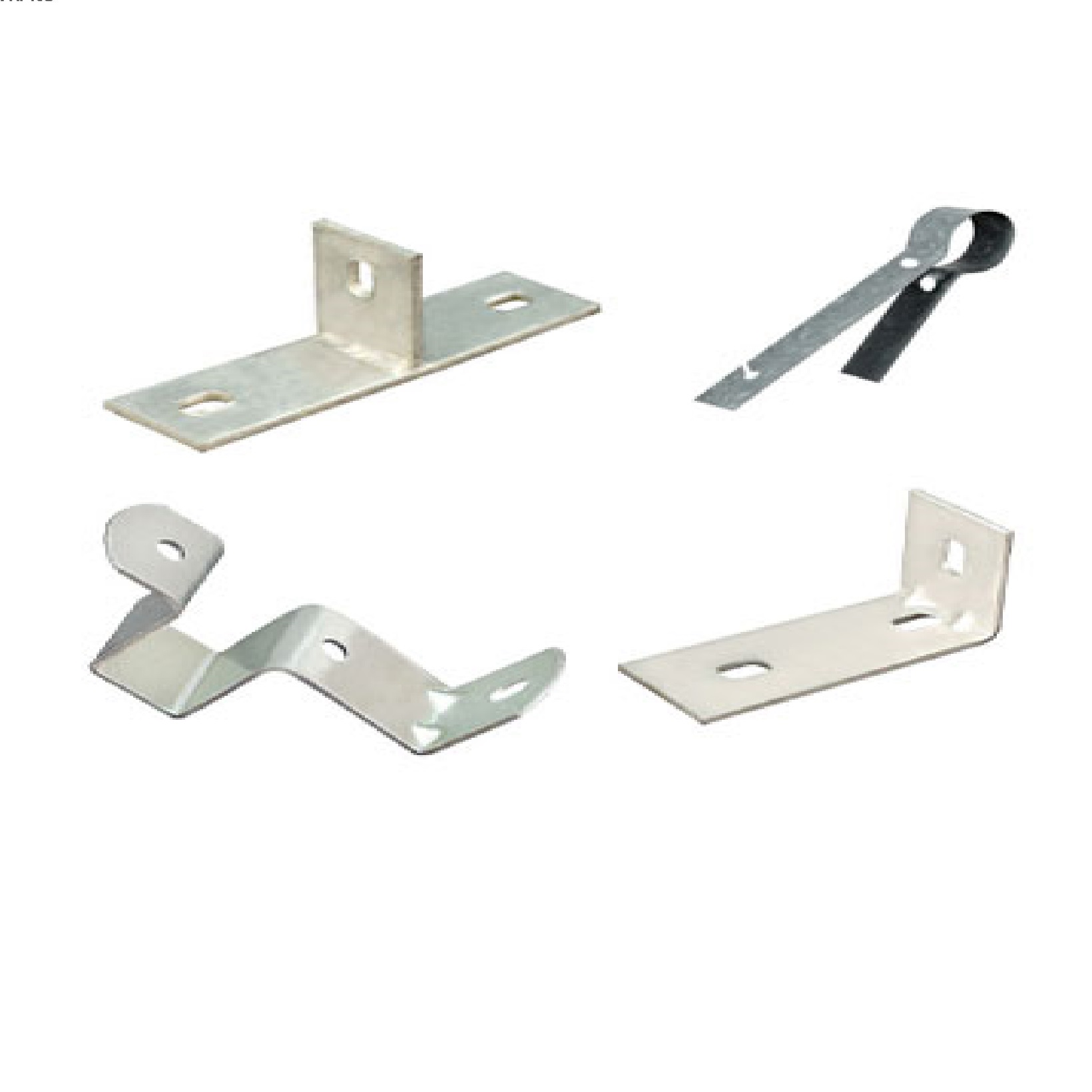
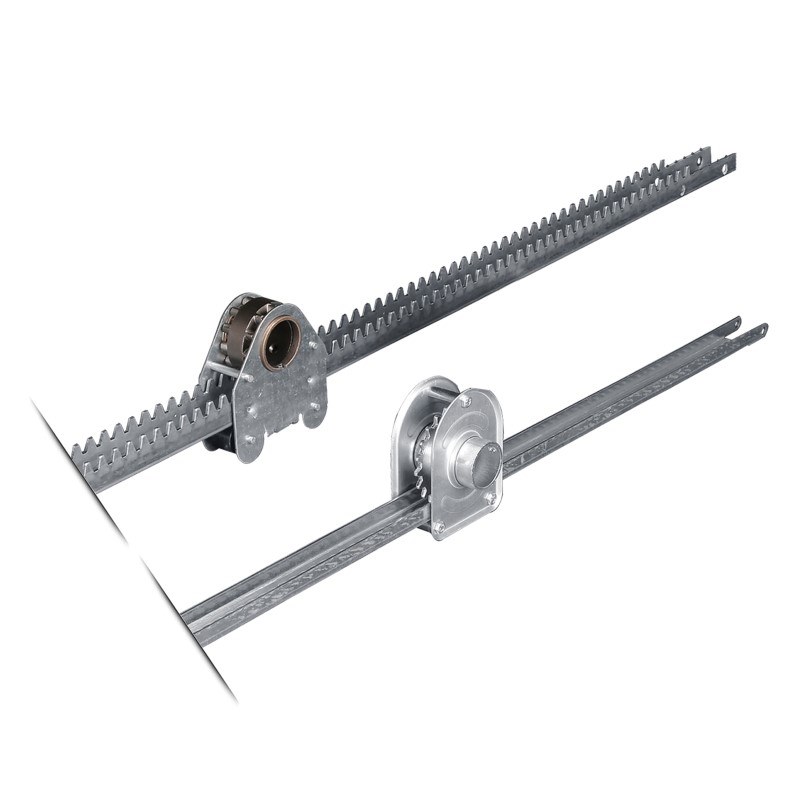
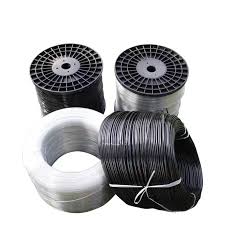
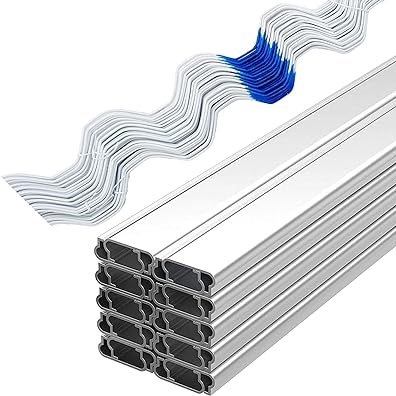
Reviews
Clear filtersThere are no reviews yet.